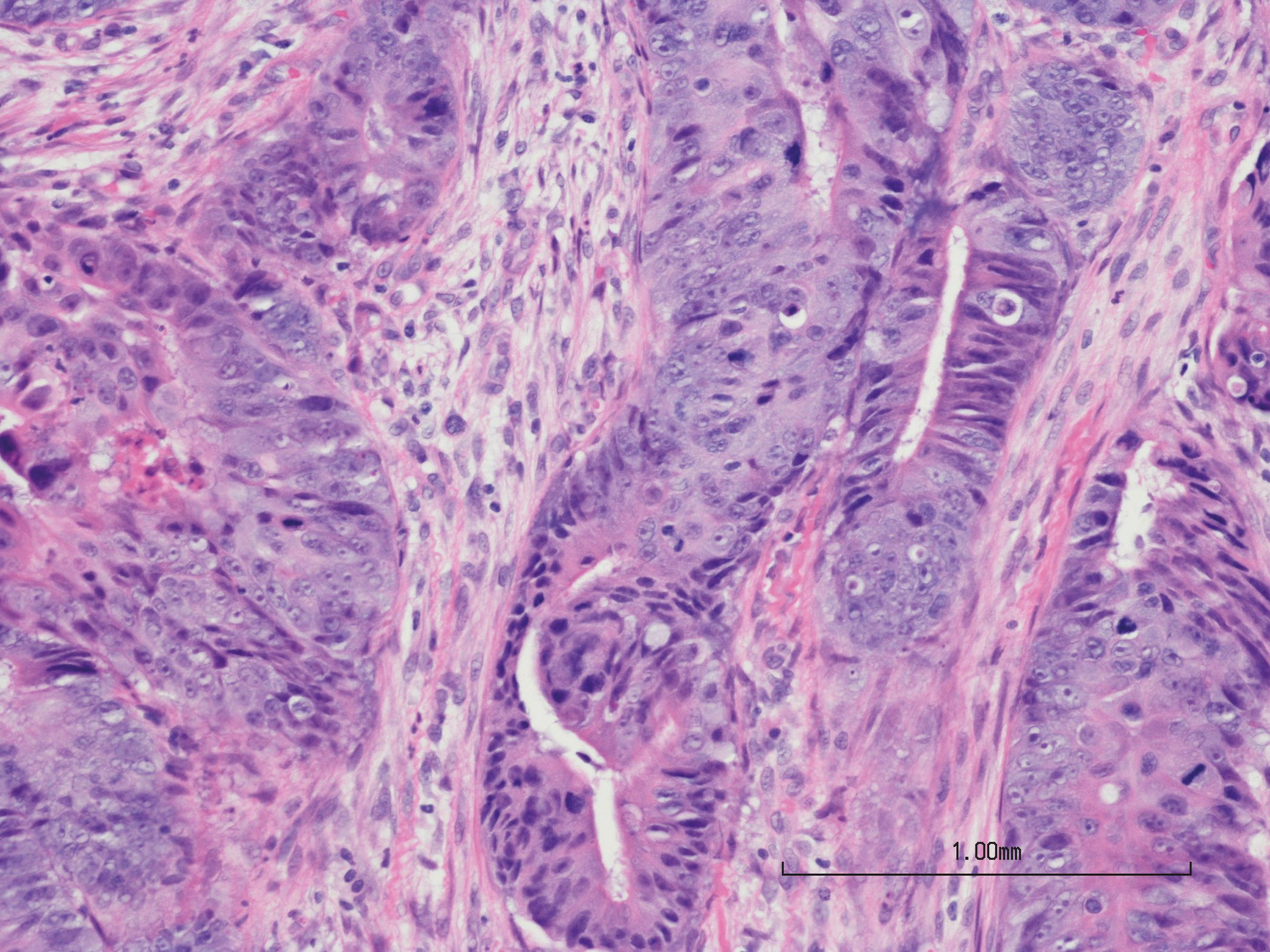Because of the high prevalence and mortality, it is particularly important to protect patients with type 2 diabetes from heart failure as early as possible. The indication expansion of dapagliflozin is based on the DECLARE-TIMI 58 study, in which dapagliflozin resulted in significant risk reduction.
Approximately half of all patients with type 2 diabetes (T2D) develop heart failure during the course of their disease [1]. As one of the earliest cardiovascular complications in diabetics, heart failure often begins insidiously and is barely noticed by those affected [1,2]. The condition progresses more rapidly in T2D patients and the risk of hospitalization for heart failure is 33% higher than in non-diabetic patients [3]. The prognosis is comparable to that of cancer, with a survival rate of only 50% 5 years after diagnosis of heart failure [4].
Cardiovascular risk reduction in type 2 diabetic patients.
The Dapagliflozin Effect on CardiovascuLAR Events (DECLARE-TIMI 58) study [5] assessed the effect of dapagliflozin on cardiovascular safety. Over a median period of 4.2 years, 17,160 T2D patients were studied, 10,186 of whom had no manifest cardiovascular disease. In the combined primary endpoint of hospitalizations for heart failure and cardiovascular death, dapagliflozin resulted in a significant relative risk reduction (RRR) of 17%; in the sole component of the endpoint of hospitalizations for heart failure, the RRR was 27%. The primary safety endpoint was also met. Based on these data, Swissmedic issues the indication extension for the SGLT2 inhibitor Forxiga® and the combination preparation XigDuo® XR for the prevention of hospitalization for heart failure in patients with type 2 diabetes.
Swissmedic’s decision is in line with the SGED recommendation
This indication expansion is entirely in line with the Swiss Society of Endocrinology and Diabetology (SGED), which recommends the early use of an SGLT2 inhibitor in T2D patients with manifest cardiovascular disease, but also in T2D patients at high cardiovascular risk [6]. Prof. Roger Lehmann, MD, University Hospital Zurich, comments on the new indication of Forxiga® as follows: “Heart failure is one of the most common cardiovascular complications in patients with type 2 diabetes and is associated with high morbidity and mortality. With Forxiga, we now have a way to protect our diabetic patients from heart failure at an early stage as part of their existing diabetes therapy.” The expanded indication applies to patients with manifest cardiovascular disease, as well as patients without pre-existing cardiovascular disease but with cardiovascular risk factors. These include age (men ≥50 years, women ≥60 years), as well as another risk factor (eg, dyslipidemia, hypertension, or nicotine use).
Thus, Forxiga® is the first and only antidiabetic drug in Switzerland indicated for the prevention of heart failure in T2D patients with and without cardiovascular disease [7].
Source: Astra Zeneca
Literature:
- American Diabetes Association. 10. cardiovascular disease and risk management: standards of medical care in diabetes-2019. Diabetes Care 2019; 42 (Suppl 1): 103-123.
- Shah AD, et al. Type 2 diabetes and incidence of cardiovascular diseases: a cohort study in 1.9 million people. Lancet Diabetes Endocrinol 2015; 3(2): 105-113.
- Cavender MA, et al: REACH Registry Investigators. Impact of diabetes mellitus on hospitalization for heart failure, cardiovascular events, and death: outcomes at 4 years from the Reduction of Atherothrombosis for Continued Health (REACH) registry. Circulation 2015; 132: 923-931.
- Mamas MA, et al: Do patients have worse outcomes in heart failure than in cancer? A primary care-based cohort study with 10-year follow-up in Scotland. Eur J Heart Fail 2017; 19(9): 1095-1104.
- Wiviott SD, et al: Dapagliflozin and Cardiovascular Outcomes in Type 2 Diabetes. N Engl J Med 2019; 380(4): 347-357.
- SGED recommendations for the management of type 2 diabetes, February 28, 2020. www.sgedssed.ch
- Specialty Information Forxiga®, www.swissmedicinfo.ch.
GP PRACTICE 2020; 15(5): 39












